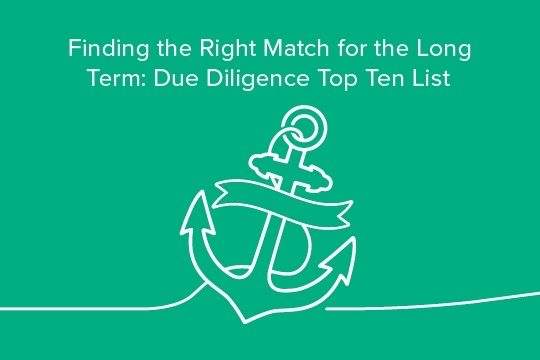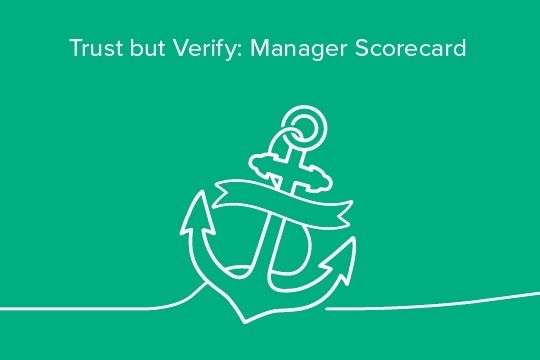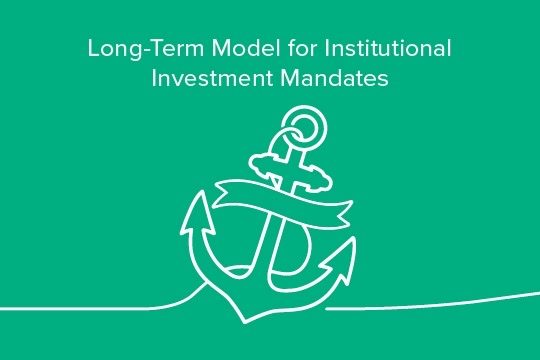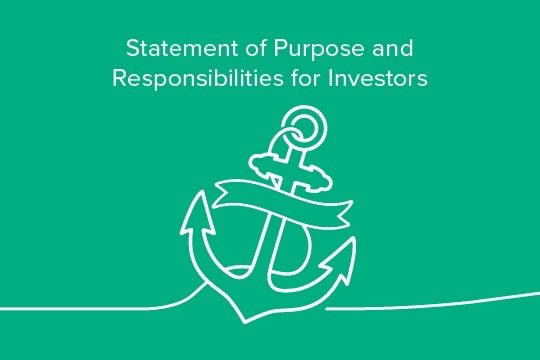 Download Report
Download Report
Finding the right manager is crucial to developing a successful relationship—this list of questions can help asset owners select managers that are capable of investing over the long term, as well as achieve alignment around philosophy and beliefs regarding long-term value creation.


